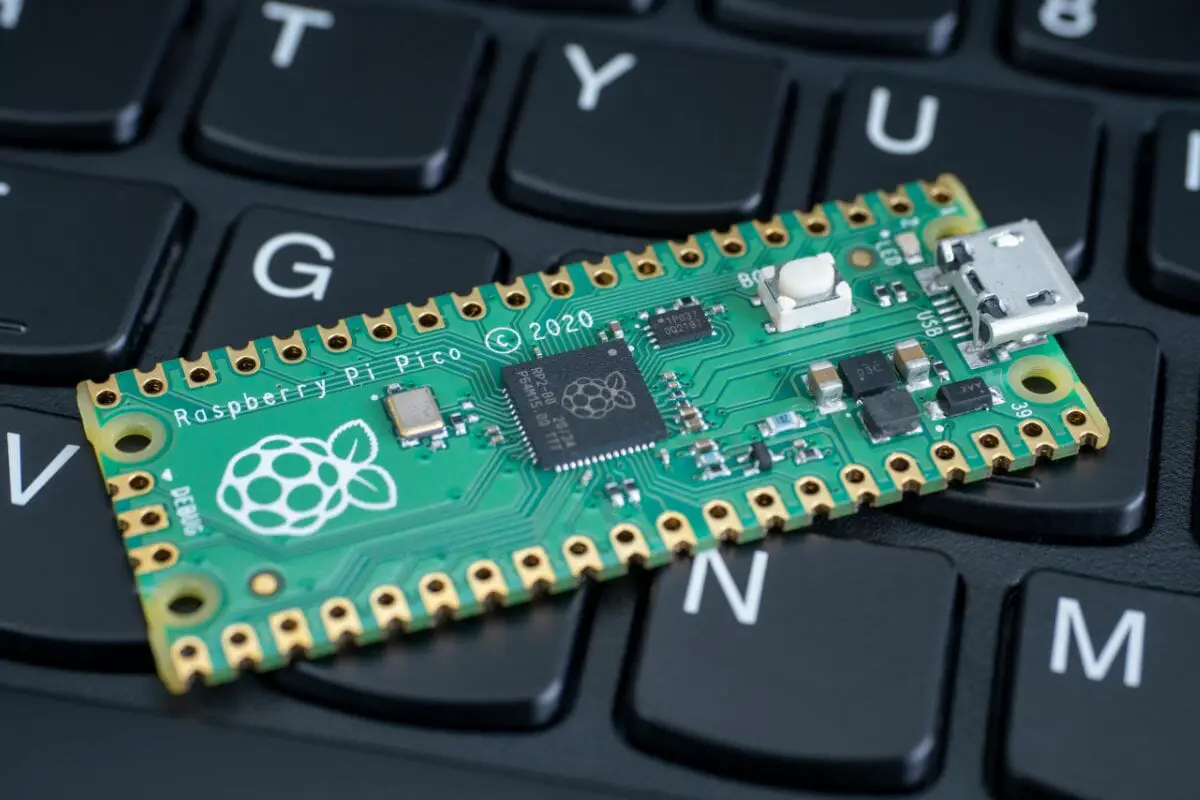Are you struggling to install Home Assistant on Raspberry Pi? Don’t know what to do next?
If the answer to either of those questions is yes, you’ve come to the right place.

Home Assistant is an open-source, home automation software that puts local control and privacy first.
Built with the likes of Raspberry Pi in mind, this software can be used to keep everything in your control and protect your own privacy.
Powered by a strong community of DIY enthusiasts, this powerful software can be used to track the current state of every device in your house.
You can even set up the software to interact with your devices. For example, it can automatically cast a movie onto your television or turn on the lights.
Working in tandem with Raspberry Pi, you can conveniently control your home automation with little hassle.
In today’s post, we’re going to show you how to install Home Assistant on Raspberry Pi. Let’s go!
What Do You Need To Install Home Assistant On Raspberry Pi?
Before we can get into the step-by-step process you need to follow to install Home Assistant on Raspberry Pi, you first need to know what you need to get it done.
Luckily for us, we don’t actually need that much. Below, you’ll find a list of the things you need to successfully install Home Assistant:
- Raspberry Pi
- Power Supply
- WiFi or Ethernet Cable
- Micro SD Card
The things above are what we recommend you need to successfully install the software.
As far as optional things go, a Raspberry Pi case is also helpful, but don’t worry if you don’t have one.
First Step – Download Home Assistant
Once you have everything you need to install Home Assistant, you can start the process of doing so.
The first step in the process is to download Home Assistant. You must download the version of Home Assistant that suits your Raspberry Pi.
At the time of writing, Home Assistant recommends that we use Raspberry Pi 3 or 4 (however, the Compute Module 4 may also be a great option).
To download the software, head over to the Home Assistant GitHub.
When you open GitHub, you’ll be greeted by a long list of available downloads.
You should now look for the version of Raspberry Pi you use and click on it. This will start the download. The file name will end in .img.gz.
Second Step – Installing The Home Assistant Software Onto Your SD Card
When your download has finished, you can start to write it onto your SD card. Follow the steps below to do this correctly.
To make this step easier, we will be using a software called Etcher.
Available for download on Balena.io, this is a simple-to-use software that works on macOS and Windows.
Once downloaded, open Etcher and select the Home Assistant image. To do this, click on the “Select Image” icon and search for Home Assistant.
Next, select your SD card. Do this by pressing the “Select Target” icon and selecting the right SD card.
If there’s only one writable drive, the software will select it for you. When you find the right drive, press the “Flash” icon.
Those that want to set up their Raspberry Pi to use WiFi should hold off on inserting their SD card. Instead, follow the instructions in the next section.
If you plan on using your ethernet cable for an internet connection, skip the first boot section.
Third Step – Setting Up WiFi For Your Home Assistant
In this section, we will show you how Home Assistant can be connected to a WiFi connection.
At this point, you’ll want to plug the SD card into your computer.
- On the file that says “hassos-boot”, create a folder and call it “CONFIG”. The Home Assistant software will automatically read that folder for any configuration alterations.
- Within that folder, create another folder with the name “network”.
- Now, within the “network” folder, you need to create a file with the name “my-network”.
- Inside your “my-network” file, you can now start to insert the configuration that helps define your WiFi network for the Home Assistant software. To do this, we have to replace three things.
The first thing you need to replace is “”. Do this by using an online generator to produce a new one. UUID Generator can do this for you.
Next, you need to change “”. You need to change this to your network’s SSID.
Finally, replace “” with your WiFi network’s password. Once that’s done, we are ready to boot up the Raspberry Pi (see also ‘How To Fast Boot Raspberry Pi‘).
Fourth Step – Booting Up Home Assistant On Raspberry Pi

You can now start to open the Home Assistant Software. For this, you will have to visit one of three web addresses.
Most users will find that they can access the Home Assistant homepage using http://homeassistant.local:8123.
If that doesn’t work, you could try http://homeassistant:8123.
Finally, if neither of those work, try http://[IPADDRESS]:8123. For this final option, you will need to know the IP Address of your Raspberry Pi.
Be patient with the initial loading of the software as it can take a while. Occasionally, you might be greeted with “Site Can’t Be Reached”.
If this happens, wait for approximately 20 minutes. When Home Assistant has booted up, you might be asked to refresh your browser.
After that, you’ll be prompted to make an account for the software. To do this, enter your details and then select “Create Account”.
In the next section, you will be told to name your “home”. You should also be asked for your location.
Make sure you get this right as the location will help the software manage your automations. If you click on “Detect” the software will do this for you.
After that, you’ll have to select the unit system you use. “Metric” is selected by default. You can then click “Next”.
Once you’ve filled out the required details, the software will show you a list of the devices it has already picked up.
You can set up the detected devices there and then by clicking + above the device. Alternatively, you can finish the first boot-up by pressing “Finish”.
The initial setup of Home Assistant on a Raspberry Pi is now done. You will now be able to see the main Home Assistant dashboard.
Fifth Step – Adding Integrations
After your initial setup, you can add more integrations (such as Z-wave etc.).
This doesn’t take long and is relatively straightforward when you know what to do. We’ll show you how to do this now.
To add new integrations, click on the “Configuration” icon found on the sidebar.
After that, scroll down until you find the “Integrations” tab. For most users, this is found near the top.
When you click on the tab, you’ll be taken to a screen that shows you all the devices the Home Assistant software has picked up.
If you can’t see the device you want, you can easily add them yourself by selecting the + icon found at the bottom of the screen.
This will open a search menu. Use that search menu to find other available integrations.
All Done!
Now you’ve followed the steps we’ve outlined, your Home Assistant download should be running smoothly and successfully with your Raspberry Pi.
You can now start to enjoy the perks and benefits that come along with the software, and set up home automation.
Frequently Asked Questions:
How Much RAM Do You Need For Home Assistant?
Home Assistant might be a powerful piece of software that comes with a wide range of benefits and functions, but it doesn’t need much RAM.
In fact, approximately 2 GB of RAM is more than enough for Home Assistant.
What Other Devices Can Use Home Assistant?
Raspberry Pi isn’t the only device that can use Home Assistant. It can be installed and supported on a wide range of platforms.
This includes ODROID, Asus, Intel NUC, and Tinkerboard. Operating systems such as Linux, Windows, and macOS can also be used.
What Language Is Home Assistant?
Home Assistant is written in Python. Therefore, anything you do with connected devices or integrations will route back to the HA Python code.

In Conclusion
At first glance, the process of installing Home Assistant on Raspberry Pi might seem like a minefield, with lots of technical, nitty-gritty details to remember.
However, once you get started, you quickly come to realize that installing Home Assistant on your Raspberry Pi is actually a relatively effortless process.
As long as you follow our steps carefully, you should have no problem setting up Home Assistant on your Raspberry Pi.
We’ve laid everything out for you clearly and in detail. All you have to do now is execute each step.
